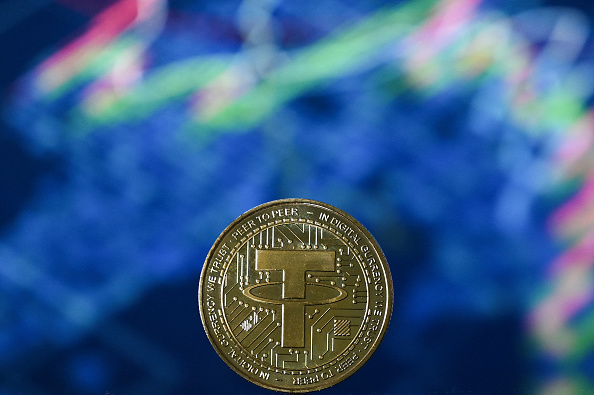
The cryptocurrency market has been steeped in uncertainty over the past several months, made all the more dire following Sunday's events with TerraUSD (UST). The algorithmic stablecoin, which is intended to be backed primarily by the US dollar, lost its peg, creating a mass frenzy within the crypto sphere. Not 24 hours prior to writing, it dipped below 30 cents, monumental given it is intended to stick at a $1 peg.
Now, it is experiencing even more woes as Terraform Labs had to shut down and restart its foundational Terra blockchain on Thursday, May 12th. In a post-landing on Twitter, the company explains the quick network disruption as an update to the software, limiting the potential for governance attacks against the blockchain's protocol. Such an attack is intended to manipulate the order of a blockchain through the acquisition of its cryptocurrency and thereby implement wholly new rulesets, not unlike a hostile takeover in the contemporary stock world.
The Terra blockchain has resumed block production.
Delegations are disabled now that the chain is live with the new code merge.
Validators, please check the Discord announcements for the latest patch notes. https://t.co/CGQgfMDWQe— Terra 🌍 Powered by LUNA 🌕 (@terra_money) May 12, 2022
This sort of patch update isn't uncommon, as Solana experienced a similar outage in Jan. of this year following three days of "degraded performance." In its Twitter post, Terraform explains that its network would go back online fully once validators had met a two-thirds voting prowess. The process can take varying amounts of time, as said validators can essentially be anywhere in the world.
The blackout caused a freeze on both TerraUSD and the company's sister coin, Luna's, price points, in which UST stayed glued at around 36 cents amid the blockchain's shutdown. Luna, corresponding crypto under Terraform Labs that's intended to prop up UST's price, froze well below the $1 mark, currently sitting at 0.0254 cents, a dramatic -99.82% drop from an all-time high of $119 in April.
Related Article: Crypto Dystopia: Ethereum Founder Worries About Some Blockchain Trends, Including NFT's Rising Value
Following its depeg on Sunday, May 8, the company had longed to restabilize the coin through varied means. Support organization, Luna Foundation Guard, failed to raise a whopping $1.5 billion to save UST, yet investors were not leaping into the fray. Several Terra developers on its Discord channel considered the freeze as its only saving grace as the entire market experiences a swirling death toll at the $600 billion mark.
Stablecoins themselves are situated within the 12% mark of cryptocurrency's total $1.4 trillion market cap. Despite this low percentage, they act as the best throughline for a majority of the common investors, as the name alone proves there should be little risk in their adoption. Proof of their outward demand is inherent in the extremely high yields of nearly 8% for most stablecoins. TerraUSD often hits a remarkable 20% yield.
Clara Medalie, research head at Kaiko, a digital assets provider, explains to Barron's, "Today, stablecoins account for a vast majority of transaction volume in cryptocurrency markets." Thus, this death spiral witnessed within the crypto market can be almost directly attributed to the current ongoings with TerraUSD. But, rising interest rates, falling tech stocks, and assorted geopolitical issues have not helped, either.
Terra's collapse has thus far already erased a whopping $29 billion of stablecoin value. It spells disaster primarily for the future of the algorithmic stablecoin market and potentially an end to the bullish nature felt within the cryptocurrency realm as a whole. Added to the equation is governance from the likes of US regulators as lawmakers gear up to fight for federal supervision over various digital assets potentially, especially now as crypto as a whole hit the floor.
On Wednesday, May 10, Luna Foundation Guard head Do Kwon Tweeted hopeful remarks in the wake of UST's and Luna's slow demise:
"I understand the last 72 hours have been extremely tough on all of you-know that I am resolved to work with every one of you to weather this crisis, and we will build our way out of this. As we begin to rebuild [Terra] we will adjust its mechanism to be collateralized."









